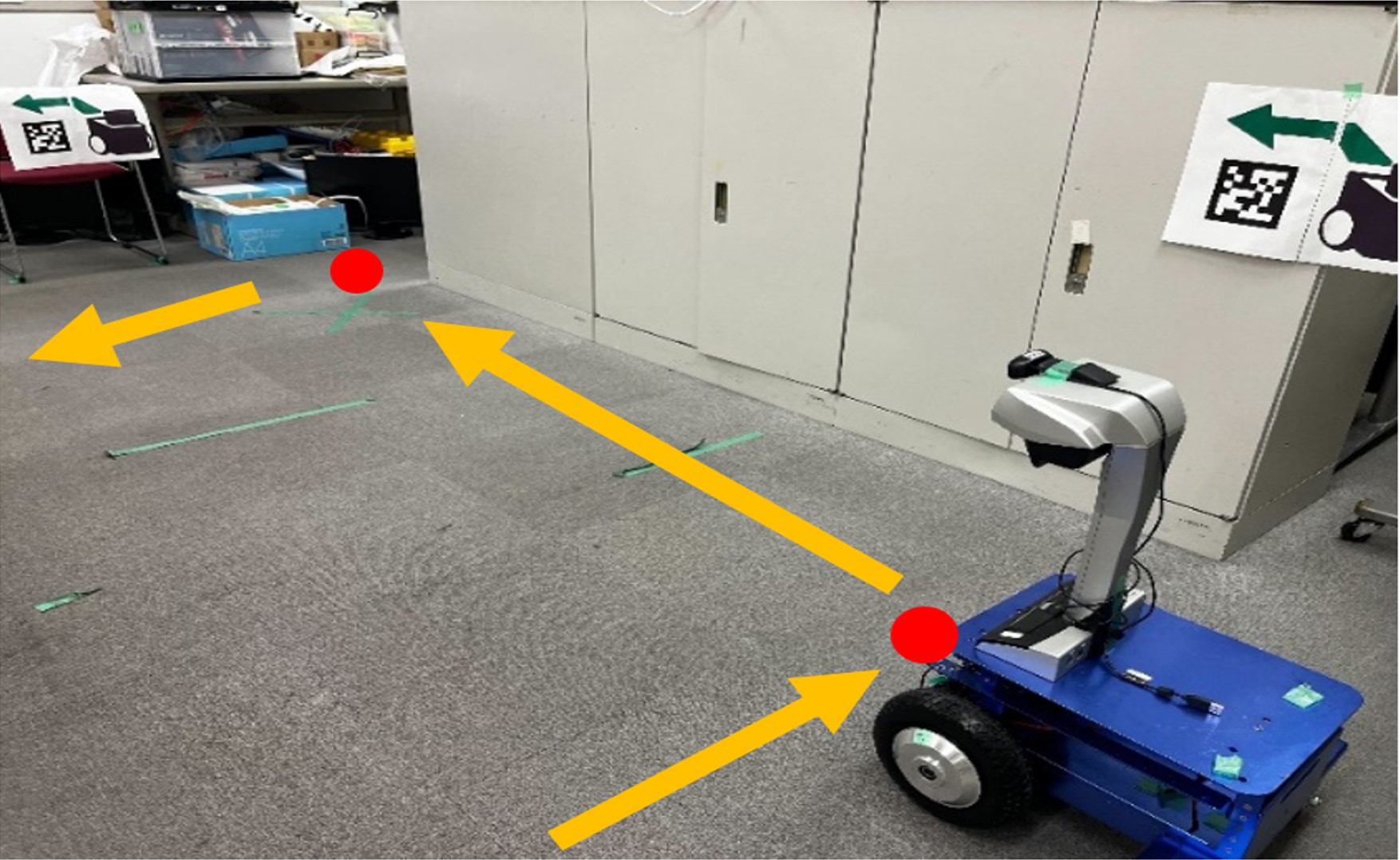Development of a Pictogram-Type Interface for Service Robots Based on the Concept of Human-Centered Design
Main Article Content
Abstract
In recent years, service robots have found applications in various sectors, including healthcare, food and beverage, and logistics. Service robots may experience decreased productivity when exposed to environments different from their design environment. To address this problem, designers must develop service robots using human-centered design (HCD) along with agile development methodologies. However, few studies have applied HCD and agile development methodologies in the design of "service robot-delivered services". This study proposed an agile development interface based on HCD using a combination of pictograms and augmented reality (AR) markers. Experiments confirmed the effectiveness of the interface and the tendency of the subjects. Groups with varying levels of robotics knowledge were asked to teach a robot. Based on the results, it was confirmed that the group without knowledge of robotics tended to teach the robot through repeated trial and error. Therefore, the effectiveness of the proposed interface was confirmed.
Article Details

This work is licensed under a Creative Commons Attribution-NonCommercial-ShareAlike 4.0 International License.
This work is licensed under a Creative Commons Attribution-NonCommercial-ShareAlike 4.0 International License.
References
Ministry of Internal Affairs and Communications. White paper on information and communications 2018 in Japan, information communication database [Internet]. 2004 [cited 2022 Aug 15]. Available from: https://www.soumu.go.jp/johotsusintokei/whitepaper/ja/h30/pdf/30honpen.pdf. (In Japanese)
International Federation of Robotics, International Federation of Robotics. World robotics 2021 – service robots report released [Internet]. 2021 [cited 2022 Aug 15]. Available from: https://ifr.org/ifr-press-releases/news/service-robots-hit-double-digit-growth-worldwide.
SEQSENSE Inc. Security Robot System [Internet]. 2021 [cited 2022 Aug 15]. Available from: https://www.seqsense.com/news/assets/pdf/20211124.pdf. (In Japanese)
Bhimasta RA, Kuo P. What causes the adoption failure of service robots?: a case of Henn-na hotel in Japan. 2019 ACM International Joint Conference on Pervasive and Ubiquitous Computing and Proceedings of the 2019 ACM International Symposium on Wearable Computers; 2019 Sep 9-13; London, United Kingdom. New York: ACM; 2019. p. 1107-1112.
Cavallo F, Esposito R, Limosani R, Manzi A, Bevilacqua R, Felici E, et al. Robotic services acceptance in smart environments with older adults: user satisfaction and acceptability study. J Med Internet Res. 2018;20(9):e264.
Di Nuovo A, Broz F, Wang N, Belpaeme T, Cangelosi A, Jones R, et al. The multi-modal interface of Robot-Era multi-robot services tailored for the elderly. Intel Serv Robotics. 2018;11:109-126.
Meidute-Kavaliauskiene I, Çiğdem Ş, Yıldız B, Davidavicius S. The effect of perceptions on service robot usage intention: a survey study in the service sector. Sustainability. 2021;13(17):9655.
Woo J, Abe Y, Ohyama Y, Kubota N. Design and usage support system of robot partners based on a user-centric modular structure. 2020 International Symposium on Community-centric Systems (CcS); 2020 Sep 23-26; Tokyo, Japan. USA: IEEE; 2020. p. 1-6.
Willis MJ. Human centered robotics: designing valuable experiences for social robots. Social Robots in the Wild; 2018 Mar 5; Chicago, USA. New York: ACM; 2018. p. 1-4.
Wang N, Broz F, Di Nuovo A, Belpaeme T, Cangelosi A. A user-centric design of service robots speech interface for the elderly. In: Esposito A, Faundez-Zanuy M, Esposito AM, Cordasco G, Drugman T, Solé-Casals J, et al, editors. Recent Advances in Nonlinear Speech Processing. Smart Innovation, Systems and Technologies, vol 48. Cham: Springer; 2016. p. 275-283.
Kong P, Cornet H, Frenkler F. Personas and emotional design for public service robots: a case study with autonomous vehicles in public transportation. 2018 International Conference on Cyberworlds (CW); 2018 Oct 3-5; Singapore. USA: IEEE; 2018. p. 284-287.
Coronado E, Venture G, Yamanobe N. Applying Kansei/affective engineering methodologies in the design of social and service robots: a systematic review. Int J Soc Robotics. 2021;13(7):1161-1171.
Reich-Stiebert N, Eyssel F, Hohnemann C. Exploring university students’ preferences for educational robot design by means of a user-centered design approach. Int J Soc Robotics. 2020;12:227-237.
Sosa R, Montiel M, Sandoval EB, Mohan RE. Robot ergonomics: towards human-centred and robot-inclusive design. Proceedings of the DESIGN 2018 15th International Design Conference; 2018 May 21-24; Dubrovnik, Croatia. Zagreb: University of Zagreb; 2018. p. 2323-2334.
Beck K, Beedle M, Van Bennekum A, Cockburn A, Cunningham W, Fowler M, et al. Manifesto for Agile software development [Internet]. 2001 [cited 2022 Aug 18]. Available from: http://www. agilemanifesto.org.
International Organization for Standardization (ISO). ISO 9241-210:2019 - Ergonomics of human-system interaction — part 210: human-centered design for interactive systems [Internet]. 2019 [cited 2022 Aug 18]. Available from: https://www.iso.org/standard/77520.html.
Nielsen J, Landauer TK. A mathematical model of the finding of usability problems. Proceedings of the INTERACT'93 and CHI'93 conference on Human factors in computing systems; 1993 Apr 24-29; Amsterdam, Netherlands. New York: ACM; 1993. p. 206-213.
Joshi A, Kale S, Chandel S, Pal DK. Likert scale: explored and explained. Curr J Appl Sci Technol. 2015;7(4):396-403.



